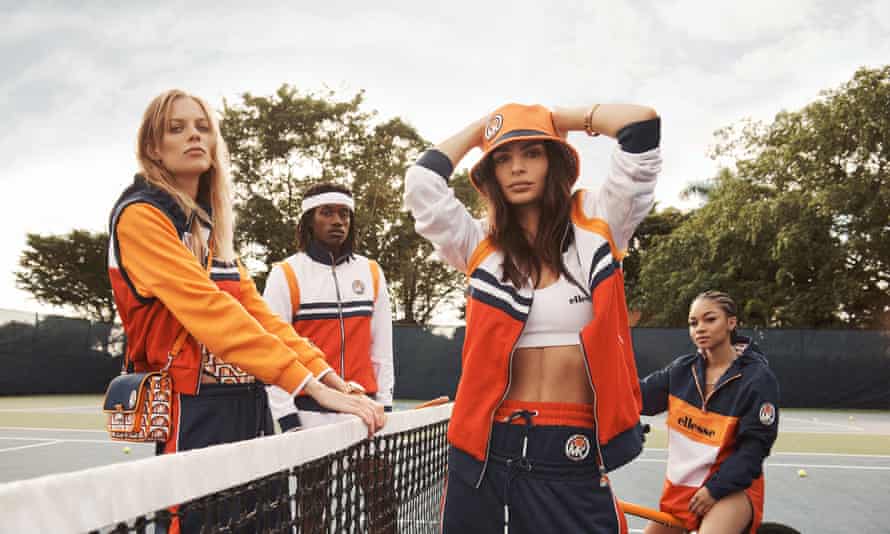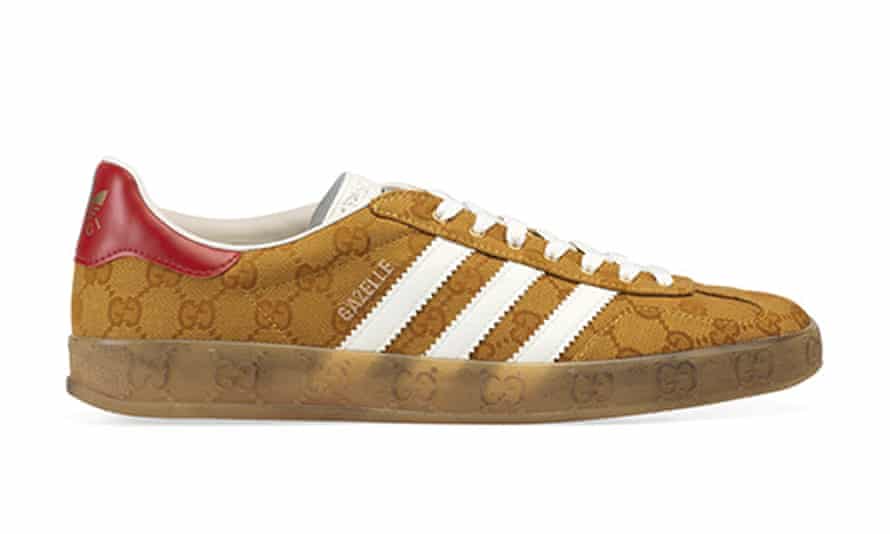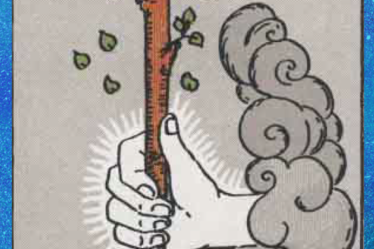
With uncanny timing, Nike and Adidas release their highly anticipated high-fashion collaborations next month, with Jacquemus and Gucci respectively, marking a new chapter in the well-known rivalry between the sportswear giants.
Also in the ring is Ellesse, which this month launched an Emily Ratajkowski-fronted collab with Michael Kors; New Balance with the cult fashion brand Aries, which launched in March; and Fila, whose tie-up with the London-based Serbian designer Roksanda Ilinčić is expected in August.
Previously, the battleground for sports brands was around trainer launches and sports star sponsorship deals, but as Julie Pont, the creative director of the French fashion insights agency Heuritech, said, it was proving hard for brands to ensure player exclusivity.
“For example, [the Argentine football player Lionel] Messi is personally sponsored by Adidas, but his team, Paris Saint-Germain, is sponsored by Nike. So maybe the new opportunity is to get out of this game and start a new competition in a different field.”
While sports-fashion tie-ups are nothing new (with Nike previously partnering with Louis Vuitton, Balmain and Comme des Garçons, and Adidas with Stella McCartney, Raf Simons and Yohji Yamamoto), this feels different, said Pont. “These fashion brands are far removed from the sportswear industry: when you think about Jacquemus; it’s the south of France, it’s fashion shows in a field; it’s not related to sports.”
A statement from Roksanda described its forthcoming collaboration with Fila – which features billowing dresses and duvet coats – as “an encounter between two very different identities to create a new one, at once unexpected and authentic”.
The logic behind these partnerships is about raising sports brands’ fashionability, while also easing the entry points into fashion for younger customers.
It’s unlikely that much sport is going to be done in these clothes. “You’re not going to go running in the [£900] Adidas X Gucci tank top,” said Emily Gordon-Smith, fashion lead at the trends intelligence agency Stylus. “The pieces are practical, but they’re not always designed for activity. There’s a strong streetwear vibe.
“Through the pandemic, sports brands focused on performance and comfort,” she added. “Now feels like the time to inject some high-fashion desirability into these everyday comfort pieces.”
Last week, the Adidas X Gucci collection, which lands on 7 June, made headlines when social media users in China complained that its £1,300 “sun umbrella” was not waterproof.
And who would dare to sweat in Nike X Jacquemus’ pearl-white cycling shorts (which drop on 28 June as part of a 15-piece collection)?

The collabs make for some “notable hypebeast pieces”, she adds, predicting that the accessories – for example, the Gucci bucket hat and Gazelle trainers, the Roksanda moon boots and 1980s-style barrel bag, the Jacquemus X Nike Humara trainers – will sell out first.
While most people won’t be queueing up for these collabs it’s expected that their presence will influence the fashion landscape and elevate the aesthetics of athleisure (a market that is expected to grow at a rate of 8.9% a year, reaching $662.56bn by 2030).
“It’s sportswear going back to its 1920s’ roots,” said Pont, “with everyday clothes that enable you to be elegant and comfortable. The boundaries between fashion and sportswear will become more difficult to distinguish.”
Gordon-Smith predicts this new wave of collabs will have a significant impact on the high street. “It wouldn’t surprise me to see elevated sports looks in shops like Zara in June.”



